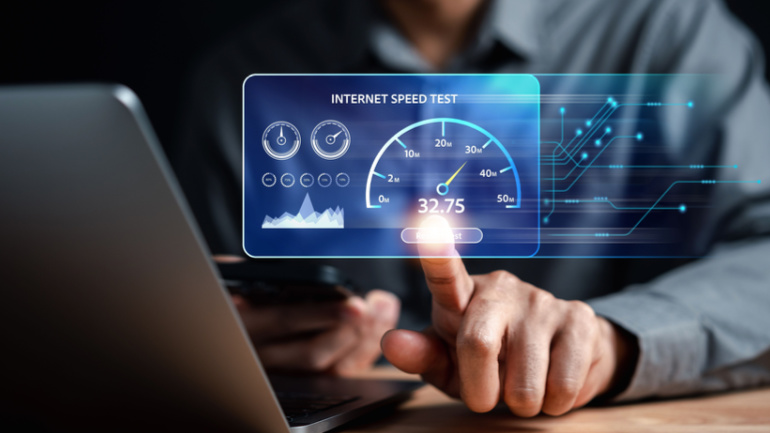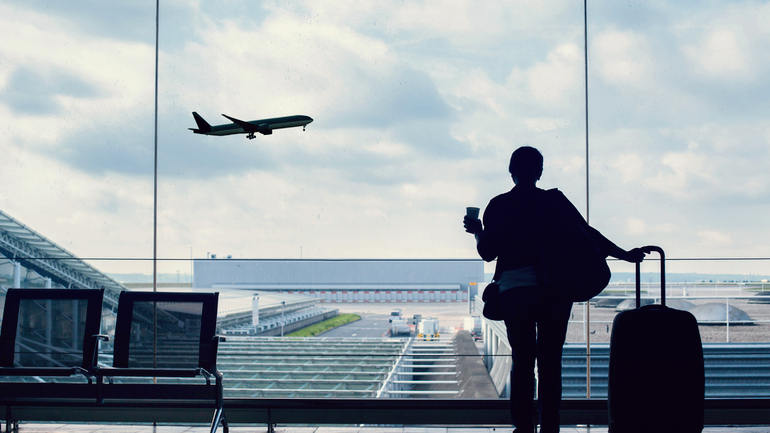EU Commissioner Thierry Breton calls for accelerated replacement of high-risk vendors in 5G networks, emphasizing the importance of adhering to the 5G Toolbox framework. As some countries lag behind, a potential EU-enforced ban looms, sparking debate on costs and security.
Telekom Malaysia and China’s ZTE embark on an R&D partnership for network and digital transformation strategies, raising questions about potential geopolitical ramifications. Reflecting Malaysia’s growing interest in collaborating with Chinese suppliers, the deal’s long-term effects remain to be seen.
The US launches Disruptive Technology Strike Force to counter foreign adversaries acquiring sensitive technology, with recent prosecutions targeting Chinese entities. The move signifies increased efforts in containing China’s influence, potentially impacting global tech firms’ strategic decisions.
Discover how enhanced indoor coverage for communication networks is shaping the future of 5G, with innovative use cases such as online gaming, AR, and telemedicine. Learn about Huawei’s industry-leading solutions, including the LampSite technology, designed to improve spectrum utilization, energy efficiency, and IoT readiness.
China Unicom Chongqing and Huawei’s revolutionary Alps-WDM+OSU trial commercial use promises enhanced network capabilities and user experience. The technology offers increased bandwidth, reduced latency, optimized operations, and green development, paving the way for future all-optical transport networks.
Three UK experiences 5% revenue increase in Q1, but CEO Robert Finnegan calls for market structural change to boost returns. High 5G rollout costs challenge the industry, while a potential merger with Vodafone looms on the horizon.
NTT DoCoMo partners with Ericsson and Keysight on 6G NTT DoCoMo has announced the expansion of its experimental 6G trials, for which it has teamed with Ericsson and Keysight. The collaboration with Ericsson will concentrate on new 6G wireless interfaces for frequencies ranging from 6 to 15 GHz, as well as the sub-TeraHertz band, which encompasses frequencies exceeding 100 GHz. The collaboration with Keysight will put ultra-wideband communications across sub-THz frequencies to the test. DoCoMo has also announced that it is working on a RAN intelligent controller that will be interoperable with base station equipment from several Open RAN manufacturers. Read more at: https://tinyurl.com/bdzy6j9f Huawei showcases its commitment to green technology During MWC2023, Huawei sponsored the European Carrier Executives Roundtable, where Zhou Yu, Huawei’s network consulting and system integration domain president, addressed Huawei’s value proposition and innovative techniques in the green target network domain. The observations and remarks emphasized Huawei’s…
Orange to cut down energy use by deploying 5G Orange claims to be on a mission to alleviate strain on Europe’s energy networks. The corporation asserts that it can save energy and is doing this by introducing the latest generation of technology, in particular 5G. All of this effort is being applied in order for the company to achieve net-zero carbon emissions by 2040. Deploying 5G is cited as a crucial component of this undertaking. Read more at: https://tinyurl.com/4zmnpfce FCC bans all Huawei and ZTE equipment The sale and import of equipment produced by Chinese manufacturers Huawei and ZTE has been banned by the US Federal Communications Commission (FCC). Dahua Technology and Hangzhou Hikvision Digital Technology, as well as radio equipment producer Hytera Communications Corp., are also banned. According to the FCC, these suppliers pose a threat to national security in the United States, and their technology may potentially be…
Google and Oracle experience data center outages due to UK heatwave Following a record-breaking heat wave that blasted Britain on Tuesday, data centers used by Google and Oracle Corp. have both failed. Both businesses attributed the disruptions to “cooling systems” issues. Both Google and Oracle have shut down equipment, causing interruptions to their cloud services, in order to prevent irreparable damage to physical components and thereby creating a lengthy outage. On Tuesday, when the outages started to spread through London, temperatures in the UK reached 40 degrees Celsius (104 degrees Fahrenheit). Read more at: https://tinyurl.com/3t2xm2a5 FBI and Verizon Network enter $400 million contract Verizon and the FBI have signed a new $400 million deal, with the telecoms giant assisting to increase the data bandwidth for the law enforcement organization. New features include a worldwide Virtual Private Network and faster data transmission rates using 4G and 5G wireless connectivity within the…
Ericsson has ceased operations in Russia in order to comply with international sanctions imposed in the weeks following Russia’s invasion of Ukraine. Nokia, too, has announced its intention to abandon the Russian market, having already ceased supplies and begun to relocate R&D out of the country. However, Nokia intends to continue supporting the maintenance of current equipment on humanitarian grounds. Over the years, Ericsson has collaborated with a number of Russian mobile providers. The company recently formed a strategic relationship with MTS to create private 5G networks, as well as the testing and implementing next-generation technology with the operator. Ericsson has said that it will indefinitely cease relevant operations with Russian clients. The vendor also stated that it is in discussions with customers and partners, and that staff in Russia have been placed on paid leave. In Russia, Ericsson employs around 600 people. In a stock market notification…













